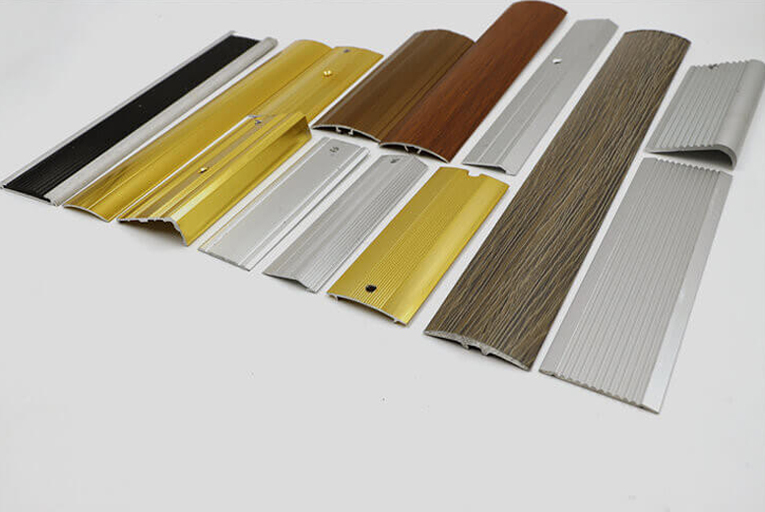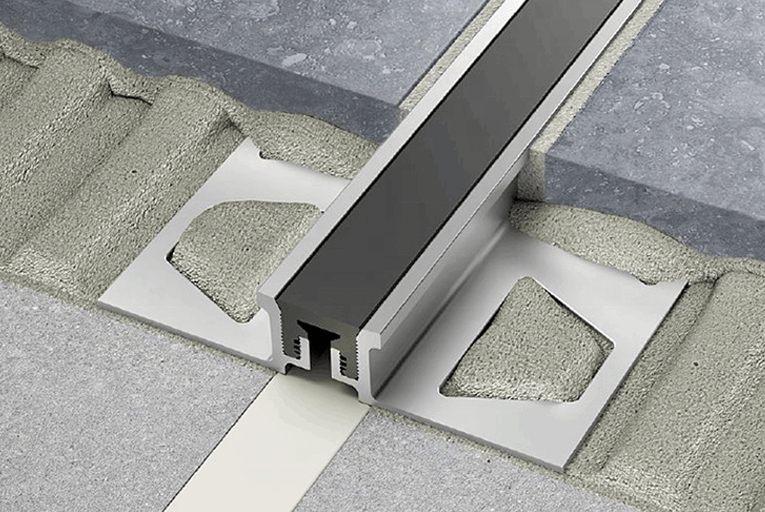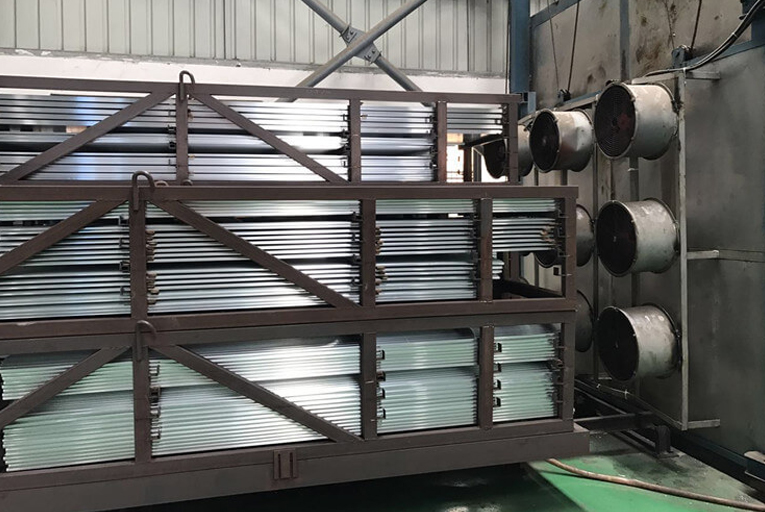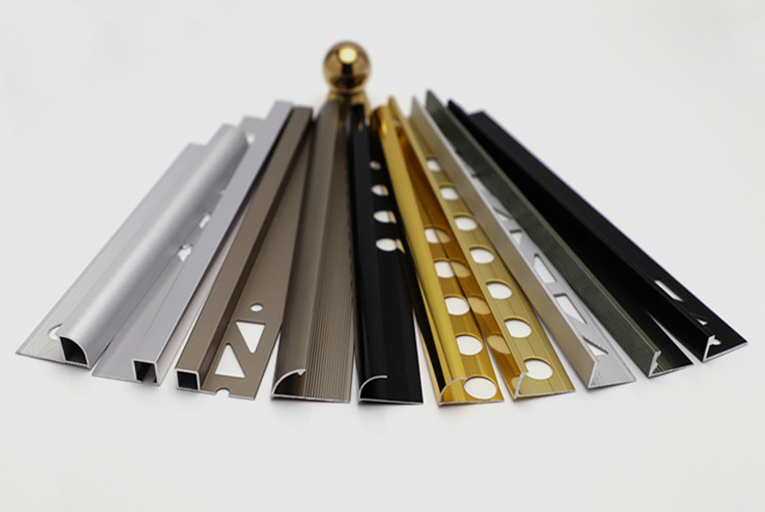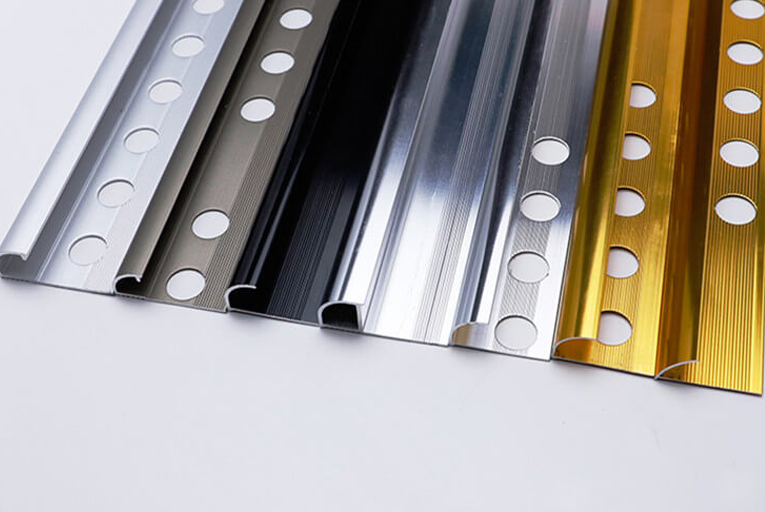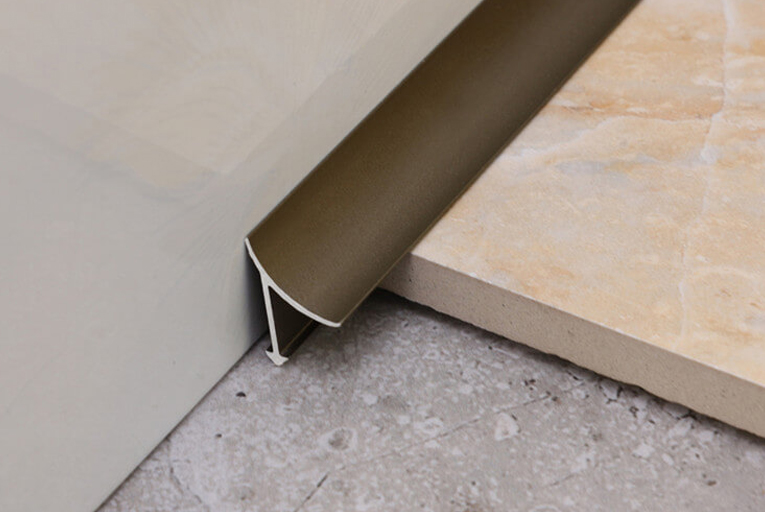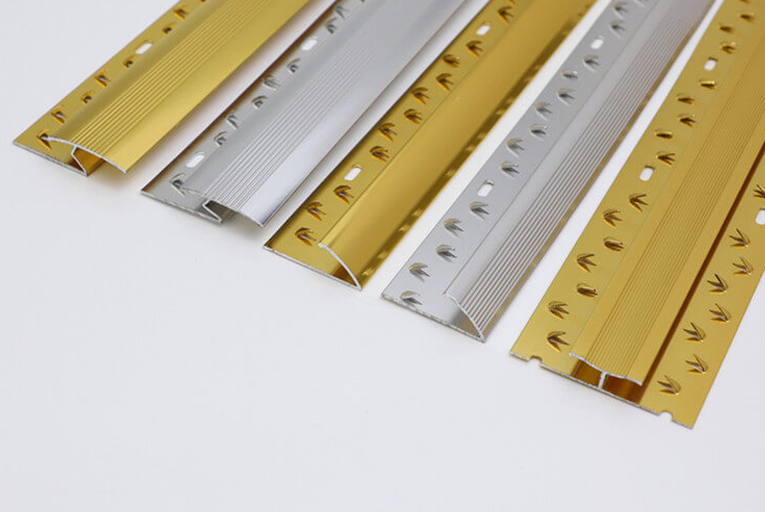Protecting Against Cracks- How Expansion Joints Prevent Tile Damage
Imagine the pristine beauty of a newly tiled floor, its gleaming surface reflecting light and adding elegance to your home. However, this idyllic vision can be shattered by unsightly cracks that mar the surface and compromise its integrity. Fortunately, there is a solution to this common problem: expansion joints. In this article, we will delve into the importance of expansion joints in preventing tile damage and explore the different types and applications of these essential safeguards.
Understanding Expansion and Contraction
Tiles, like all materials, expand and contract with changes in temperature and humidity. When tiles are tightly fitted, this natural movement can create stress within the tile and the underlying substrate. Over time, this stress can lead to cracking and other structural damage.
The Role of Expansion Joints
Expansion joints are engineered to accommodate this inevitable movement and prevent it from inflicting damage on the tile. These joints are essentially tiny gaps intentionally left between tiles or between tiles and other materials, such as walls or fixtures. By allowing the tiles to move independently, expansion joints relieve stress and prevent cracking.
Types of Expansion Joints
There are various types of expansion joints, each designed for specific applications:
Perimeter Joints:
Perimeter joints are installed around the edge of a tiled surface, where the tiles meet walls, columns, or other vertical surfaces. These joints accommodate movement in the tile field as a whole.
Field Joints:
Field joints are placed within the tile field, dividing it into smaller sections. These joints allow for movement within the tile field itself, reducing the risk of cracking in larger areas.
Control Joints:
Control joints are used to create a weakened plane in the tile field, guiding cracking to a predetermined location. This is particularly useful in areas with high thermal expansion or structural movement.
Threshold Joints:
Threshold joints are installed at doorways or transitions between rooms with different floor coverings. These joints accommodate movement between different materials and prevent cracking at the transition point.
Choosing the Right Expansion Joint
The type of expansion joint used depends on the following factors:
Movement requirements: The amount of movement that the joint needs to accommodate.
Tile size and layout: The size and pattern of the tiles will influence the joint spacing and location.
Substrate type: The type of substrate (e.g., concrete, plywood) will determine the type of joint that is compatible.
Environmental conditions: The temperature and humidity fluctuations in the area will impact the joint design.
Maintaining Expansion Joints
To ensure the effectiveness of expansion joints, it is essential to maintain them properly:
Keep joints clean: Dirt and debris can accumulate in expansion joints, hindering their ability to move.
Inspect joints regularly: Check for signs of damage, such as cracks or crumbling sealant.
Repair or replace joints as needed: If a joint is damaged, it should be repaired or replaced promptly to prevent further damage.
Conclusion
Expansion joints are crucial safeguards against tile cracking, ensuring the longevity and beauty of your tiled surfaces. By understanding the types of expansion joints and choosing the right ones for your specific application, you can effectively protect your tiles from stress and damage. Remember to maintain these joints properly to ensure their continued effectiveness. With proper care and attention, expansion joints will keep your tiles looking pristine and prevent costly repairs in the future.
-
The 6 Hottest Tile Trim Solutions for 2021
2022-02-09 -
How to Install Tile Trims Line?
2022-02-09 -
Difference Between Sandblasting and Anodizing Surface Treatment of Aluminum Tile Trim
2022-02-09 -
The Different Uses of Tile Outside Corner Edging Trim and Inside Corner Edging Trim
2022-02-09 -
The Most Popular 5 Different Materials of Tile Trim Line
2022-02-09 -
What is Carpet Cover Trim?
2022-02-09
